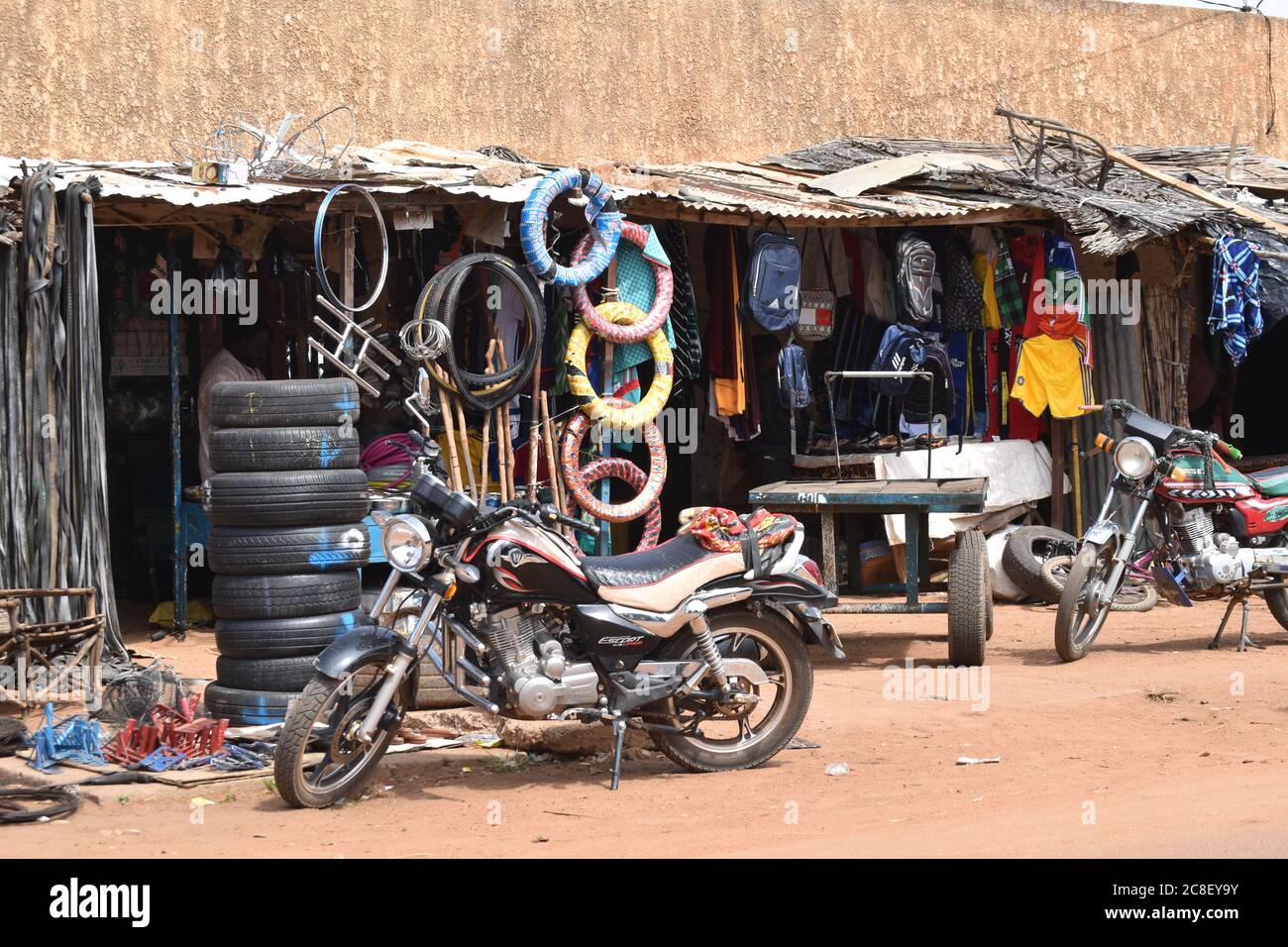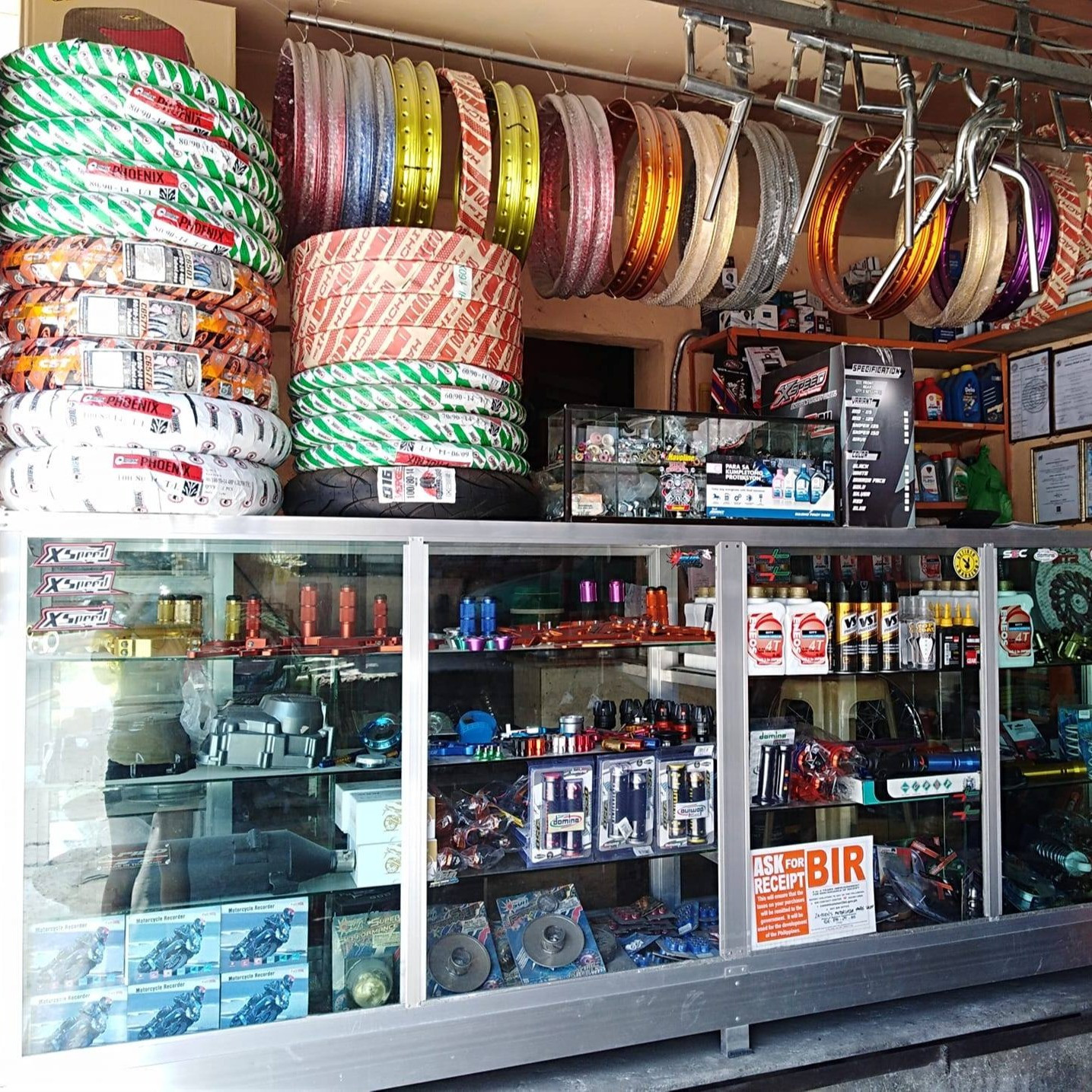Discover Top Quality Moto Parts NZ for All Your Motorcycle Requirements
Discover Top Quality Moto Parts NZ for All Your Motorcycle Requirements
Blog Article
Recognizing the Important Parts of a Bike: A Comprehensive Overview for Lovers
For motorcycle lovers looking to boost their riding experience and ensure their bikes run smoothly, understanding the important parts of a motorbike is vital. Each component, from the engine's detailed functions to the vital role of the braking systems, not just affects performance yet also safety and comfort.
Engine Components

The camshaft plays an essential duty in managing the timing of the engine's valves, ensuring the precise opening and closing needed for efficient gas and air consumption, along with exhaust expulsion. This timing is important to maintaining optimum engine performance and performance. Furthermore, the carburetor or gas injection system, relying on the motorcycle design, is accountable for mixing air with fuel in the appropriate proportion for burning.
The cooling system, either air or liquid-based, functions to maintain the engine's temperature level within operational restrictions, avoiding overheating and guaranteeing durability - motocross gear. Each part, diligently developed and integrated, adds to the seamless procedure of the engine, defining the motorcycle's power output and total efficiency
Transmission System
Essential to the motorcycle's functionality, the transmission system guarantees efficient power transfer from the engine to the wheels. This system makes up numerous important parts, consisting of the clutch, gearbox, and last drive, each playing an important role in translating the engine's power right into activity. The clutch, generally run by a hand bar, serves to involve and disengage the engine from the transmission, allowing for smooth equipment adjustments and controlled velocity.
The gearbox, frequently described as the transmission proper, includes a set of equipments that riders can manually shift via to adjust the bike's speed and torque outcome. These equipments are arranged in a series that allows the motorcycle to accelerate efficiently and maintain optimal engine performance throughout different speeds. Many motorcycles make use of a sequential gearbox, calling for the rider to move equipments in an established order.
Braking Systems
While recognizing the transmission system is essential to utilizing a motorcycle's power, equally vital is the ability to control and stop that power efficiently, which is where stopping mechanisms enter play. Brakes are critical for safety and efficiency, supplying the biker with the required control to navigate numerous surfaces and problems. Typically, bikes feature two sorts of stopping systems: disc brakes and drum brakes.
Disc brakes are a lot more prevalent in modern-day bikes due to their exceptional performance. This system supplies much better heat dissipation, consistent efficiency, and improved stopping power, particularly in wet conditions.
Alternatively, drum brakes, though much less typical, are still located in some motorbikes. They work by pressing brake footwear against the internal surface of a drum connected to the wheel. While usually much less efficient in warm dissipation and stopping power, drum brakes are less complex and much more affordable.
Recognizing these braking systems' nuances enables motorcyclists to preserve their bikes appropriately mesh motorcycle trousers and appreciate the engineering that guarantees efficient and risk-free quiting.
Suspension and Steering
Suspension and steering systems are crucial parts that significantly influence a bike's handling and experience comfort. The shock absorber, containing forks at the front and shock absorbers at the back, takes in road irregularities, enhancing security and control. Front forks, upside down or commonly telescopic, compress and rebound to alleviate impacts, while back shock absorbers preserve tire call with the roadway, important for grip and safety and security.
Guiding, focused around the handlebars, connects the rider to the motorbike's directional control. The steering head bearings make certain smooth procedure, enabling precise ability to move. Proper alignment and maintenance of these bearings are vital for foreseeable guiding feedback and minimizing motorcyclist fatigue.
The suspension's adjustability is an additional crucial element; preload, damping, and rebound settings permit modification to match different riding styles and problems. This versatility is essential for enhancing performance, whether browsing urban streets or tackling sturdy routes. Innovations like digital shock absorber offer real-time modifications, improving experience quality across diverse surfaces.

Electric Solutions
After making certain a regulated and smooth adventure through effective suspension and guiding systems, attention transforms to the electric systems, a crucial element of modern motorcycles. These systems play an important role not only in starting the engine yet additionally in powering numerous elements that improve the performance and security of the bike.
At the heart of a motorbike's electrical system is the battery, which shops electrical energy needed for starting the engine and powering complementary systems - moto parts nz. The alternator or generator, paired with the rectifier-regulator, guarantees the battery remains charged while the motorcycle functions, transforming power into electrical energy and keeping voltage levels
The ignition system, an additional critical element, is in charge of firing up the air-fuel mixture in the engine's cyndrical tubes. Modern motorcycles frequently make use of an electronic ignition system, using better efficiency and reliability contrasted to traditional systems.
Lighting systems, including headlights, tail lights, and indications, are also important, ensuring presence and security for the cyclist. Additional electronic parts such as sensing units, control units, and shows add to innovative functions like fuel injection administration, anti-lock stopping systems (ABS), and electronic control panels, further enhancing the riding experience.
Final Thought
A detailed comprehension of a motorbike's crucial elements, including the engine, transmission system, braking systems, suspension, guiding, and electrical systems, is crucial for lovers intending to optimize convenience, discover here safety, and efficiency. Proficiency of these elements permits for educated choices relating to maintenance and upgrades, eventually improving the riding experience. By integrating this knowledge, riders can ensure their bikes run at peak efficiency and reliability, consequently maximizing both enjoyment and durability of their automobiles.
For bike enthusiasts looking to elevate their riding experience and ensure their bikes run smoothly, recognizing the crucial components of a motorcycle is vital.Indispensable to the motorcycle's functionality, the transmission system guarantees efficient power transfer from the engine to the wheels.While understanding the transmission system is vital to harnessing a motorcycle's power, similarly crucial is the capability to manage and quit that power successfully, which is where stopping devices come into play. Normally, motorbikes feature two kinds of braking systems: disc brakes and drum brakes.
An extensive understanding more of a motorbike's vital elements, including the engine, transmission system, stopping devices, suspension, guiding, and electrical systems, is essential for lovers aiming to maximize performance, security, and convenience.
Report this page